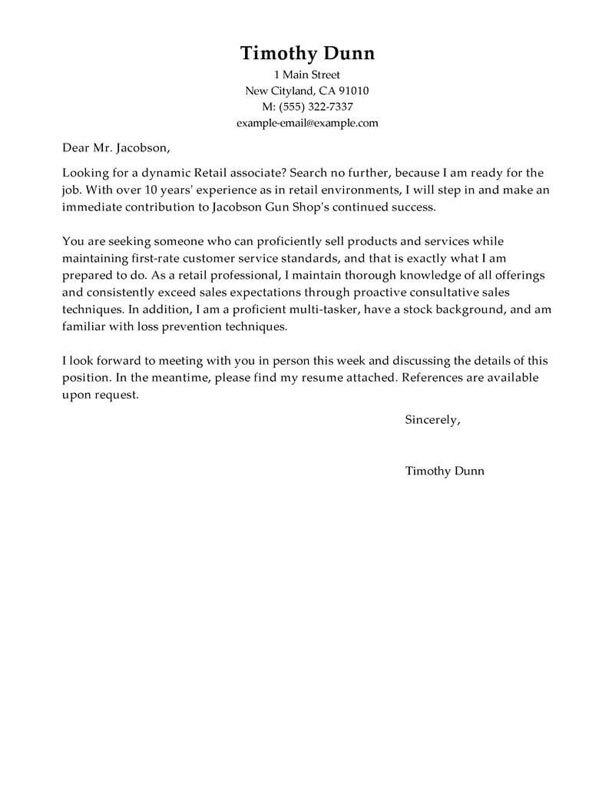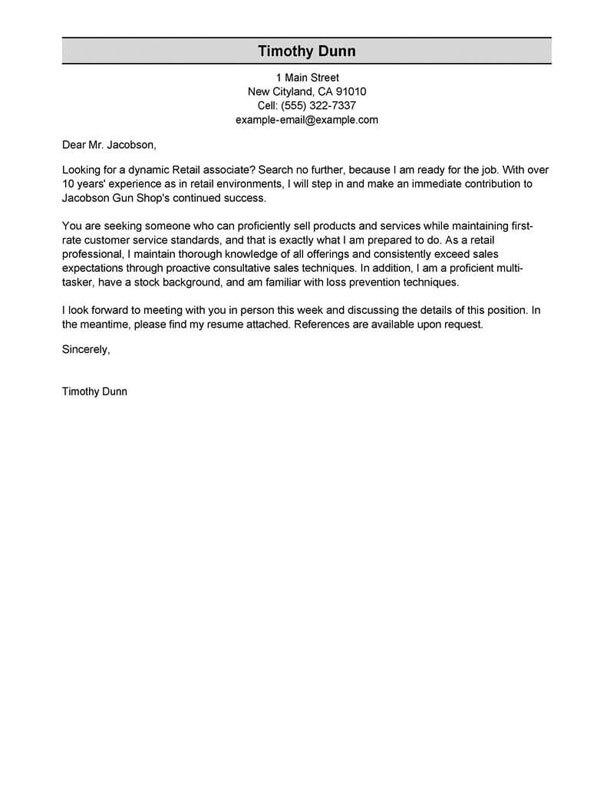TABLE OF CONTENTS
Classroom Teacher resume
summary examples
To make your resume pass the seven seconds recruiters spend eyeing a resume, write an impactful resume opener.
The resume summary consists of a two to three-sentence paragraph introducing yourself to potential employers by featuring your top skills and professional abilities.
Think of it like a business pitch. Your knowledge and experiences are the product you have to sell to the investor, in this case, the employer.
If you have plenty of work experience in your desired field, choose the professional summary approach.
If this is your first time applying for a Classroom Teacher position, use the objective statement, which allows you to share your skills as they relate to your career goals.
You can compare these two approaches in the examples below to determine which is better for your situation.
Good example:
“ Experienced Classroom Teacher with 8+ years of experience in teaching and curriculum development. Possess a strong aptitude for developing engaging and interactive lesson plans that promote student success. Proven track record of improving student performance and increasing test scores.”
Why this example passes:
- Feature candidate’s success statistic to grab attention. Numbers add detail about how big the results you deliver are, e.g., test scores, passing rate and more.
- Shows career length, 11 years.
- Mentions employer-desired skills: student motivation and interactive lessons.
Bad example:
“ I am a Classroom Teacher with experience in teaching. I have strong communication and organizational skills. I am committed to helping students reach their full potential.”
Why this example fails:
- Doesn’t include any numbers that quantify classroom teacher’s performance
- Uses vague descriptions and skills.
- Doesn’t include years of teaching experience.
The fastest way to write your
professional summary
The last thing you want is to miss out on a job because you didn’t apply in time. That’s why you should check out our Resume Builder.
It’s automated and offers pre-written content to help you write an excellent professional summary. You can complete your entire resume in 15 minutes!
- 1
Enter the details about the job title you held. The builder comes preloaded with auto-suggested phrasing written by resume experts.
- 2
Then, just pick from these suggested phrases that best frame your experience and customize them to your liking!
- 3
All you have to do is choose the summary phrases that best frame your experience. It’s like having a professional do it for you!
Our Resume Builder is an ideal solution to all your resume-writing needs, but did you know that LiveCareer also offers professional resume-writing services? Take advantage of all the tools we have at your disposal and land your dream Classroom Teacher job!
The reviews are in!
See what they’re saying about us on Trustpilot.
Classroom Teacher resume work
experience examples
A big part of your resume’s content will live in your work experience, so you’ve got to put in the extra effort to make it stand out. This section should feature achievements that show recruiters you have what they’re looking for if you want to write a good resume.
Good example:
Rolling Meadows Middle School I Rolling Meadows, IL I 8/2018-current
- Developed and implemented a successful math curriculum for students in grades 3-5
- Established a positive learning environment that fostered collaboration and communication between students and staff
- Utilized innovative teaching methods to engage students and promote critical thinking skills
- Regularly monitored student progress and provided timely feedback to parents and guardians.
Why this example passes:
- Numbers and statistics add detail and quantify the results this classroom teacher delivers: 4% improvement and a class size of 20-25.
- Good use of strong words and active language.
- References specialized value cahier provides with “individualized lesson plans.”
Bad example:
Emily Dickinson Elementary I Redmond, WA I 4/2022-present
- Taught classes of up to 30 students
- Prepared lesson plans and activities
- Supervised students during lunch
- Graded student assignments and tests
Why this example fails:
- Lacks numbers or statistics.
- Describes general tasks, not teaching achievements or career highlights.
- Uses active verbs, but doesn’t focus on results.
Classroom Teacher resume skills examples
Here are 16 sample skills for classroom teacher:
- Parent/Teacher conferences
- Lesson Planning
- Classroom Management
- Lesson Plan Development
- Test Administration
- Technology Integration
- Skills Development
- Activity Coordination
- Student Development
- Academic record keeping
- Standardized tests
- Classroom oversight
- Grading procedures
- Parent and caregiver communication
- Multimedia integration
- Grading protocols
You should sprinkle skills and abilities throughout your resume. Include them in your professional summary, work experience blurbs and a dedicated skills section.
Examples of additional resume sections
Every Classroom Teacher resume should have at least five sections: contact information, professional summary, work experience, skills and education. It can also be helpful to add extra sections if they show you’re a fit for the job.
Here are some examples of optional classroom teacher resume sections that you could add to provide greater detail:
- References
- Additional skills
- Certifications
- Professional skills
- Soft skills
- Languages
- Interests
- Accomplishments
Including additional sections that help you convince employers you’re the best fit for the position. However, be selective about what qualifications you include, and eliminate any that don’t respond to the job’s specific requirements.
How to choose a resume format
0-3
Years of experience
Functional formats
- Focus on skills.
- Best for first-time classroom teacher who lack work experience.
- Good for people re-entering workforce.
- May omit dates in the work history section.
Organization:
- Skills listed above work experience.
3-10
Years of experience
Combination formats
- Balance skills and work history.
- Ideal for mid-career classroom teacher.
- Suitable for career changers and people seeking promotion.
Organization:
- Skills next to or above work experience.
10+
Years of experience
Chronological formats
- Put the most focus on work history.
- Best for classroom teacher with a long, steady career.
- Most popular format.
- Preferred by recruiters.
Organization:
- Work experience listed above skills.
More Classroom Teacher resume examples
Featured in:*

*The names and logos of the companies referred to in this page are all trademarks of their respective holders. Unless specifically stated otherwise, such references are not intended to imply any affiliation or association with LiveCareer.





